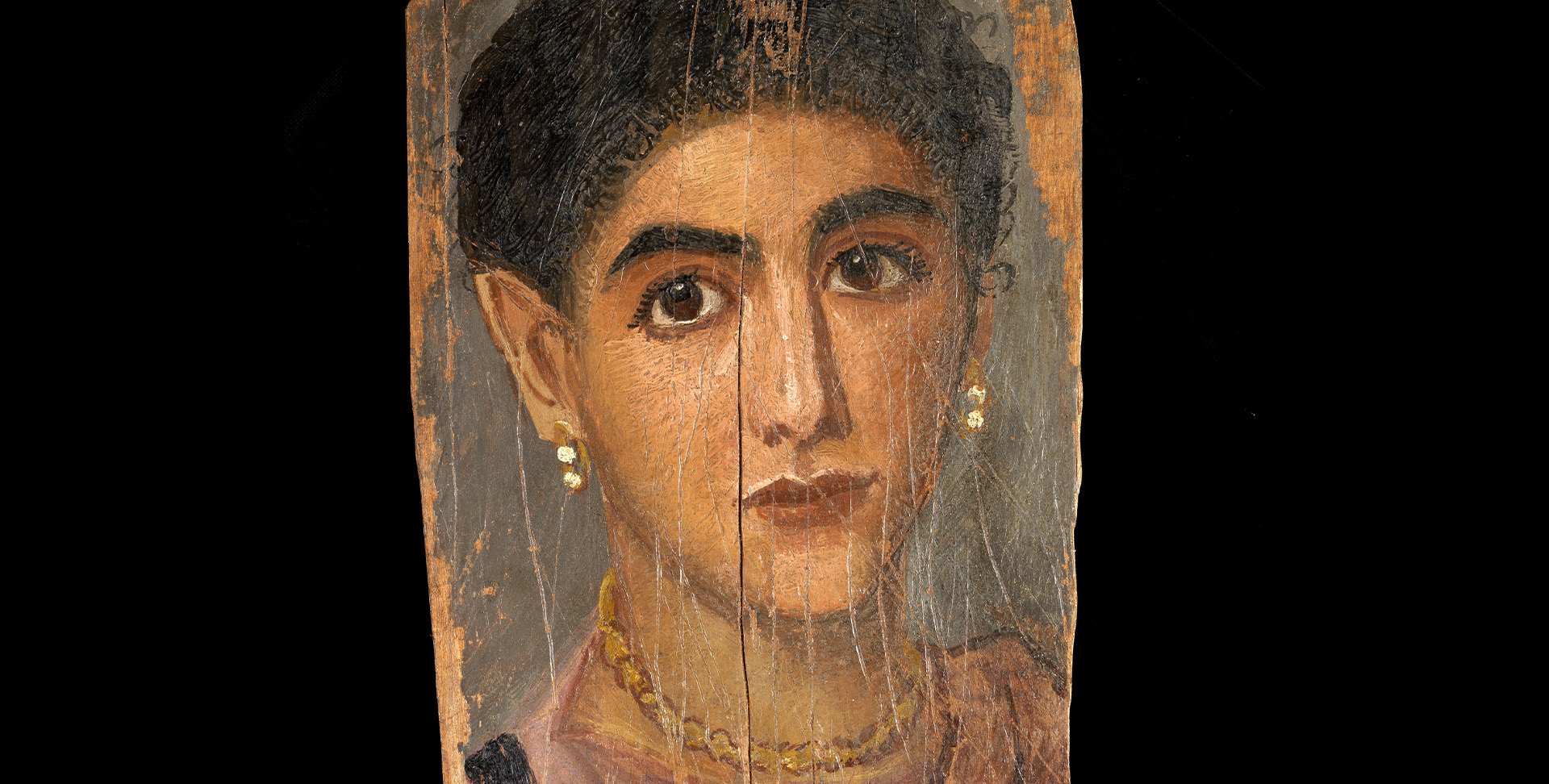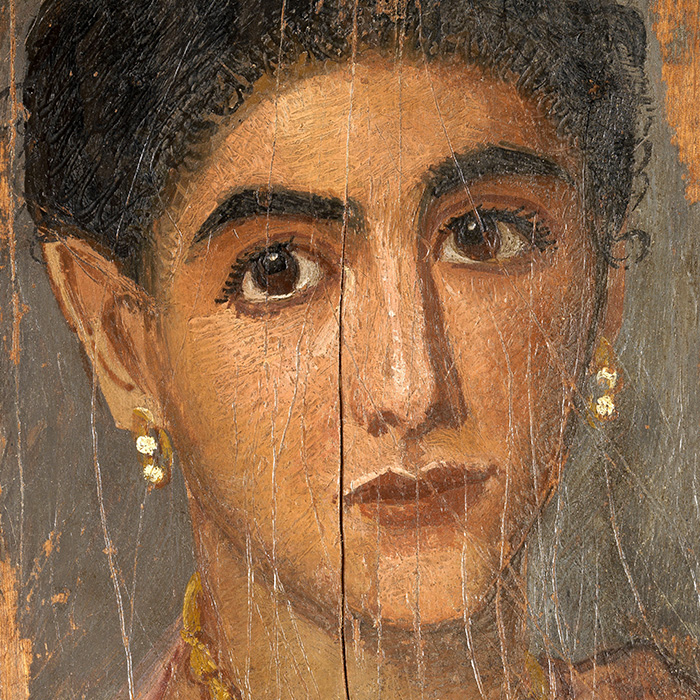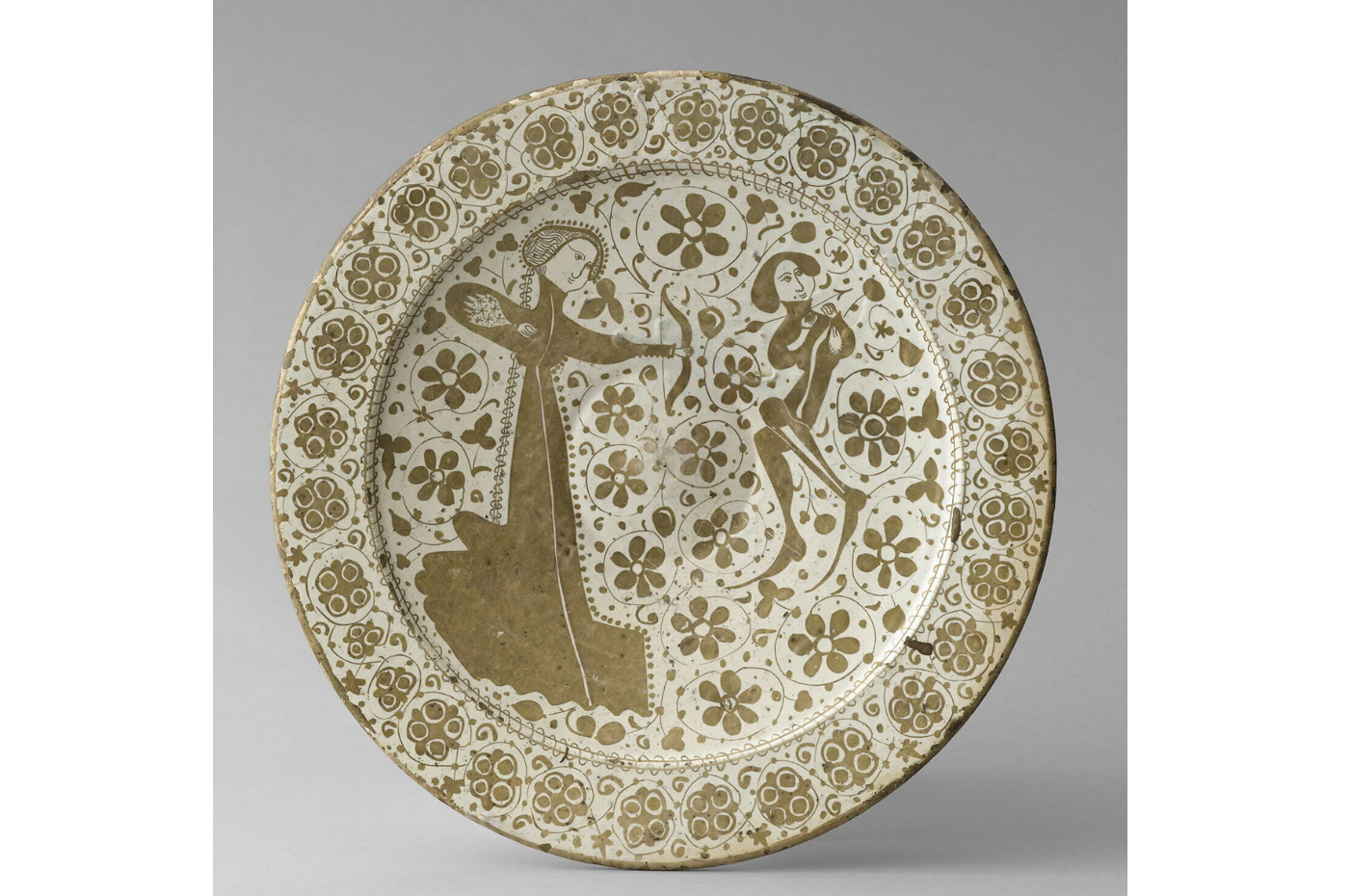



Women twiddling their thumbs at home? The idea doesn’t seem absurd. In many societies women were placed under the protection of their husbands. It was therefore the husband who would work outside the home to feed the family.
In art, women are often depicted partaking in indoor activities.
But it is a clichéd view to infer that women didn’t work.

Despite the lack of representations, women have always worked, whether inside or outside the home.
For instance, you would be wrong to think that there were no women in power before the 20th century. Female leaders can be found in the highest positions of responsibility everywhere and in every period of history! How about a brief overview?
All of these powerful women have inspired numerous works of art, including music and films!
Here’s one of our favourite examples: Cleopatra!
Here’s an excerpt from Cleopatra (1963), directed by Joseph L. Mankiewicz.

Many princesses and queens have held the reins of government — while some have been forgotten, others have inspired popular culture.

Cleopatra wasn’t the only woman to reign over Egypt! The first female pharaoh was Neferusobek.
Her statue has suffered the ravages of time but there are clues about how the pharaoh chose to be represented. She wears:
By adopting insignia previously reserved for men, Neferusobek sought to show that she was their equal.

The first female pharaoh, Neferusobek, combined masculine and feminine clothing and insignia to give legitimacy to her power.
There were those who didn’t always seek to please others in the past…
And there’s a demeaning term to refer to them: “virago” (from the Latin “vir”, meaning man). A virago is a woman who has qualities that society has typically considered masculine, such as strength and courage.

In Greek mythology, for example, the Amazons carry weapons and fight! But these women warriors were looked down upon for their combative qualities. In works by ancient authors, they symbolise chaos. Their death, therefore, restores order and harmony…
There is a long way to go before women are free of historical stereotypes, but as for the Amazons, they’ve become heroines of the big screen!

Characteristics deemed ‘masculine’ or ‘feminine’ have been socially constructed. Despite gender stereotypes, women have always shown strength and courage throughout history.
When it comes to appearances, norms (rules of society) evolve according to periods and cultures.
Styles that were once considered “masculine” or “feminine” can be inverted and evolve over periods of time and from culture to culture.
Take a look at these images! You’ll notice that both the man and woman are wearing make-up and have groomed eyebrows. The male statue has long hair.
Indeed, grooming and make-up aren’t just for women.
In the Arab world, men in the 16th century used vegetable gums to remove hair. Whereas, in the West, hair was a sign of strength and virility, so hair removal was reserved for women!
Discover here some toiletry items from the Mediterranean region, which could be used by both women and men.

Gender norms vary across cultures and evolve over time. Grooming and make-up were never exclusive to women.
Works of art are proof that our societies change…
So it’s not unusual to see a man adorned with jewellery or a woman wearing trousers on the wall of a museum.
Clichés, however, die hard and can lead to major mistakes.
If an archaeologist finds jewellery in a tomb, for example, should they infer that it is a woman’s tomb? As we’ve just seen, it isn’t as straightforward as that!

To write history, the evolution of norms around femininity must be taken into account.

"*" indicates required fields